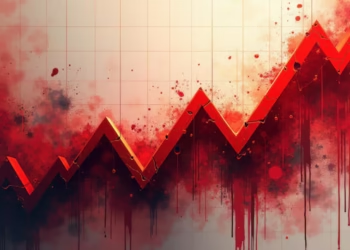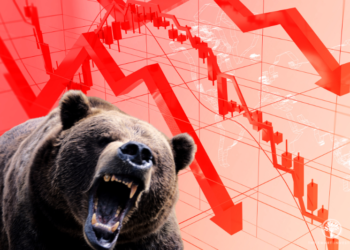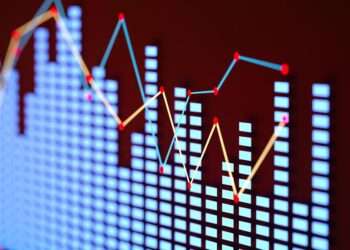The Ghanaian secondary bond market experienced a notable uptick in trading activity during the past week, with total market turnover rising by 25.14% week-on-week to reach GH¢1.41 billion.
This increase in activity marks a positive shift in market sentiment, albeit with signs of continued caution from investors amid broader economic concerns and evolving yield dynamics.
The value of bonds traded on the secondary market climbed from GH¢1.23 billion in the previous week to GH¢1.41 billion, indicating a resurgence in investor interest, particularly in short-term instruments. Market analysts attribute this development to increased institutional rebalancing ahead of the month’s end and possible shifts in investor expectations about future interest rates and inflation.
While the rise in trading volume is a healthy signal for the bond market, analysts have been quick to note that this activity does not necessarily reflect strong investor confidence. Rather, the increased volumes are seen as part of a cautious repositioning strategy by fund managers, especially banks and institutional investors, as they seek to manage risk and optimize portfolio returns in the face of prevailing uncertainties.
February 2027 Bond Leads the Market
Among the traded instruments, the February 2027 bond emerged as the most active security, accounting for 31% of the total market volume. The bond cleared at an average Yield-To-Maturity (YTM) of 20%, reflecting market participants’ valuation of medium-term risks and return expectations.
The prominence of this particular bond suggests that investors may be seeking to lock in moderately attractive yields on instruments with a manageable duration risk. The February 2027 bond offers a relatively balanced exposure between short- and long-term maturities, making it a strategic choice for investors who remain wary of long-dated securities amid ongoing macroeconomic adjustments.
Trading activity was largely concentrated at the shorter end of the local currency yield curve, which accounted for 60% of all trades. These short-term bonds also cleared at an average YTM of 20%, a reflection of sustained demand for safer and more liquid assets.
The shorter end of the curve remains attractive to investors due to lower price volatility and quicker maturity cycles, which offer the flexibility to reinvest in potentially higher-yielding instruments as market conditions evolve. Meanwhile, the belly and tail segments of the curve – which include medium- and long-term bonds – made up the remaining 40% of the market and cleared at an average YTM of 21.33%.
Yields Edge Up on Cautious Sentiment
Despite the uptick in trading volumes, bond prices saw a marginal decline across the yield curve, resulting in a slight increase in yields. This yield adjustment suggests that investors are still adopting a cautious approach, factoring in the possibility of further economic tightening, inflationary pressures, and fiscal policy adjustments.
According to analysts, the rise in yields amid increased trading volume is indicative of a market that is active but not entirely confident. “What we’re seeing is more of a defensive play by institutional investors. While they’re participating in the market, they’re not taking aggressive positions, particularly on the longer end,” one market observer noted.
In the future, market participants expect continued activity in the bond market, supported by end-of-month portfolio rebalancing by banks and other institutional players. Rebalancing exercises are likely to drive temporary spikes in demand, particularly for short- to medium-term bonds that align with liquidity management strategies.
However, the overall outlook remains cautious. Investors will be closely watching key economic indicators, including inflation trends, central bank policy direction, and fiscal developments, to guide their investment strategies. Any signs of economic stabilization or credible fiscal consolidation could provide further impetus to market confidence and potentially spur more risk-taking in the bond market.























